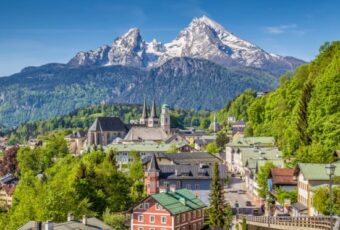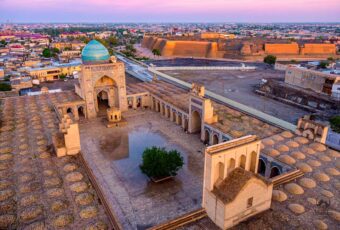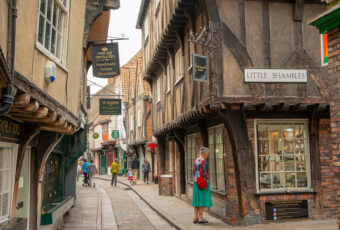A minor rise in the sea level could dramatically change the United States.
If you have been at least semi awake at some point over the last twenty years then you are likely very much aware of Global Climate Change and the way that it is affecting the planet. If you spend your days on the internet focused on easy breakfast ideas for kids instead of watching the news, then you might not entirely be in the loop. We’ll break down how climate change and rising sea levels could change the world as you know it. Right now scientists are conservatively estimating that if the sea levels were to elevate by a total of 10 meters, or 32 feet, then a full quarter of people in the United States would be altered and effected. Rising sea levels brought on by the melting of the ice caps is creating a very real, very dangerous scenario for a large part of the world. If you live on the coast and don’t want to end up living underwater you might want to get a move on when scientists tell you to.

A minor rise in the sea level could dramatically change the United States
Water is the most flexible substance on Earth.
You probably should remember this from school but if you don’t, we’ll remind you. Water is the only substance found on the entire planet that is naturally present in all three states: solid, gas and liquid. This is not to say that water is the only substance on Earth capable of existing in all three phases, but it is definitely the only one that does so naturally. If you were to freeze water below 32 degrees you would see it turn solid. If you were to boil it above 212 degrees you would see it become gas. If you were to leave water in room temperature it would remain liquid. Water is used throughout our day to day lives in all of these different formats including breakfast shakes and as soaking additives to fibromyalgia herbs. Water is pretty interesting, right? The next time someone gives you flack for ordering water at a restaurant just spout off some knowledge instead.

Water is the most flexible substance on Earth
The atmosphere has more fresh water than all of our rivers combined.
Freshwater is the route by which life takes hold. We can look throughout history to see where cultures have sprouted up and we would be able to associate them directly to freshwater sources. Freshwater is ultimately the most important aspect of life on Earth, outside of oxygen, so it should surprise you to hear that there is more of it in our atmosphere than in all of the rivers on Earth combined. According to work done by the US Geological Survey, 68% of all the fresh water on Earth can be found frozen in icecaps and glaciers. 30% of the planet’s freshwater is stuck below ground and under .3% of the rest of the world’s freshwater can be found in rivers, lakes, and swamps. The atmosphere has more freshwater in it than the .3% that you just read about. Pretty trippy, right? That is why it is so important to treat the planet right so that we can take advantage of this freshwater in a way that puts a focus on longterm usage, rather than short term gains.
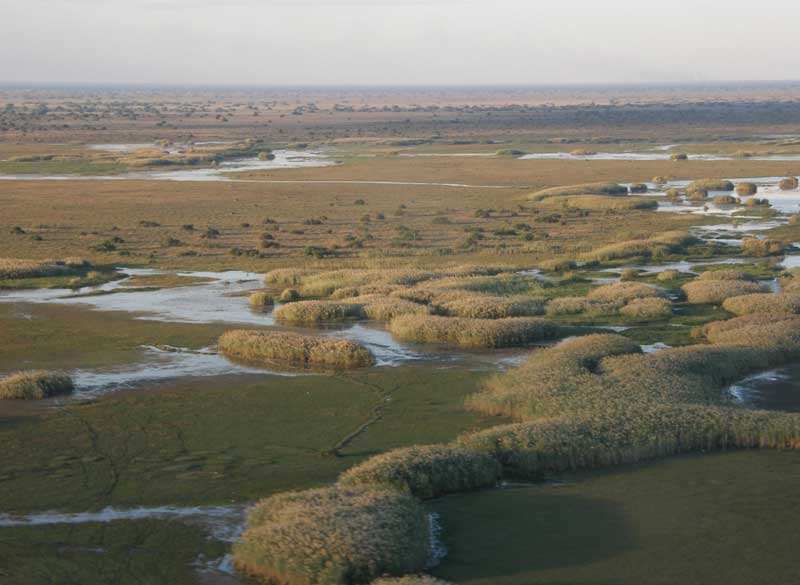
The atmosphere has more fresh water than all of our rivers combined.
Historically water hasn’t been that safe to drink.
If you’ve ever wondered why people drink so much mead and beer in movies set during the Middle Ages then we have the answer. Back then water purification was nil and the lack of available drinking water meant that you had to find alternatives. Beer and mead was safer to drink than most water and more enjoyable too. Trying to use this excuse nowadays will just make you look like an alcoholic.

Historically water hasn’t been that safe to drink
90% of the world’s drinkable water is in Antarctica.
We’ll learn more about the Earth’s drinkable water as we go, but we want to point out just how much of that water is stuck in one place: Antarctica. The majority of water on Earth is not drinkable and what IS drinkable almost solely exists in this ice locked continent. The drinkable water there exists because it is frozen and safe. At some point there is going to be a need to go retrieve it.
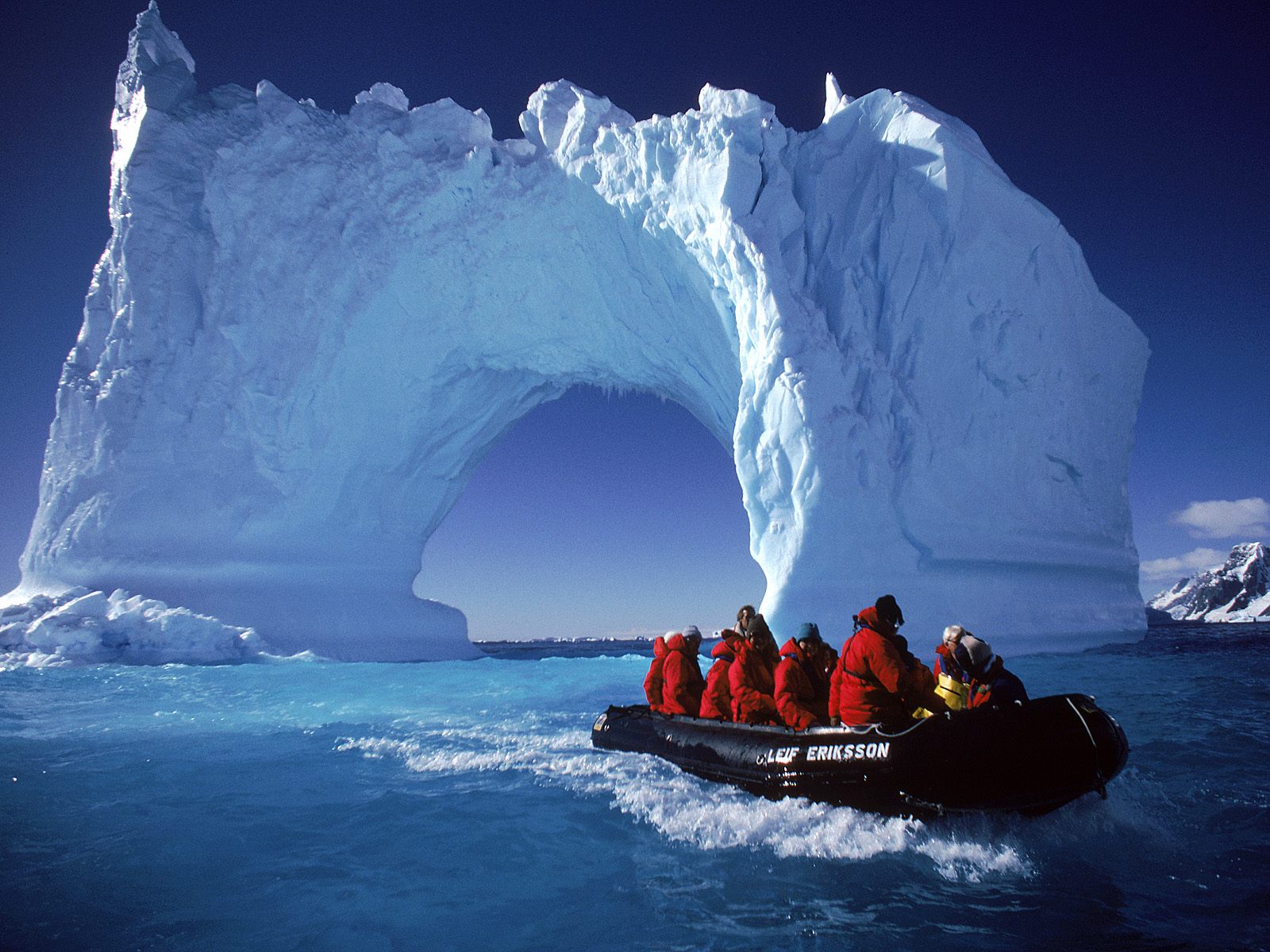
90% of the world’s drinkable water is in Antarctica
Water doesn’t have an expiration date, but bottled water does.
You’ve probably bought a bottle of water before and then surprised yourself by finding an expiration date on the label. As it turns out, this expiration date isn’t for the water rather it is for the bottle itself. The plastic bottle will eventually go bad and when it does the plastic will start leaking chemicals into the water itself. While this isn’t life threatening, the taste of the water deteriorates and we are of the mind that drinking chemical laden water is best avoided when possible. Instead of wasting money and the environment on plastic water bottles you should opt to get a carbon filter in your home. The water will taste just as good and you’ll be helping out the planet.

Water doesn’t have an expiration date, but bottled water does
Bill Gates created a machine that turns human waste into drinkable water.
We aren’t going to be lining up for one of these devices anytime soon, but the work that Bill Gates did in creating this human waste-to-water machine is absolutely important. The construction of the machine was made specifically for countries that are experiencing the severe issue of lack of water. The reason that this machine works so well is that human feces actually are already 75% water, so the majority of the work has already been done. This is a huge project that could have very real, very positive ramifications for the future of the planet. Bill Gates has been very active in worldly projects ever since taking a back seat at Microsoft.

Bill Gates created a machine that turns human waste into drinkable water
The average Sub-Saharan African resident uses 3 gallons of water per day.
If the dictionary ever needs updating in regards to wealth disparity we would simply take a picture of this fact and the next fact on the list sitting next to one another. The average citizen of Sub Saharan African countries uses only around 3 gallons of water per day. This is an almost impossible to understand amount of water being used as it is just so little. Not only are these people using so little water but they have to jump through serious hoops in order to get in drinkable water into their home. Studies show that people in Africa have to walk around 4 miles just to collect drinkable water. This has contributed immensely to various huge health issues in the country and a lack of infrastructure from the top down has made it a problem that likely will never be addressed.

The average Sub-Saharan African resident uses 3 gallons of water per day.
The average American consumes 100 gallons of water per day.
The difference between our last fact and this fact is pretty startling, isn’t it? It’s pretty crazy to think that water is becoming a finite resource while first world counties are consuming so much of it. The average American will use up to 100 gallons of water per day with the majority of that usage coming straight from the bathroom. Between showers/bathtubs and toilet usage you are looking at almost 70 gallons of usage right there. Other huge contributors to water usage in America are leaks, washing machines, and faucet usage for cooking and cleaning. At some point we have to seriously look at curtailing the usage of water in America or else droughts are only going to become more and more common.

The average American consumes 100 gallons of water per day
Only 1% of water in the world is drinkable.
We’ve already seen how the numbers are inflated in terms of how much water there actually is on the planet. The Earth is 71% covered in water and the overwhelming majority of it is saltwater. This leaves scientists guessing that roughly only 1% of the world’s water is actually drinkable. This is why water has become such an important and powerful resource and why there has been a renewed focus on making sure it is as accessible as possible to everyone. While we find water from the tap, the corner store, or the market out in the West, the same is not true for the rest of the world. Look at many of the countries on the planet that are currently suffering from water shortages. This could become an issue around the planet if scientists don’t begin seriously working toward a remedy. The next time you spray down your yard with a hose full of drinkable water, remember this.

Only 1% of water in the world is drinkable





